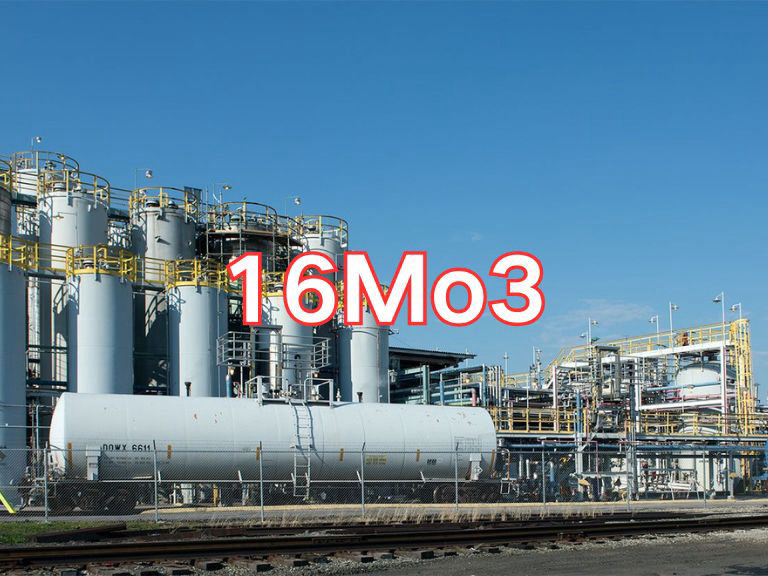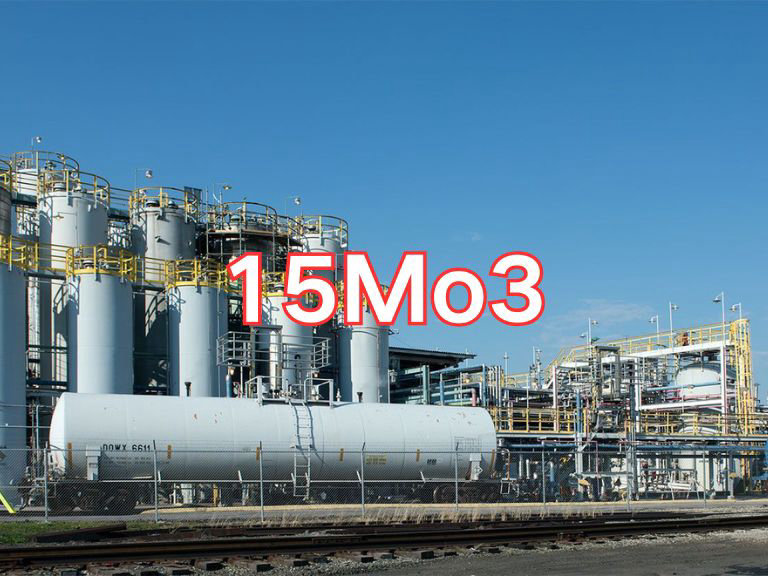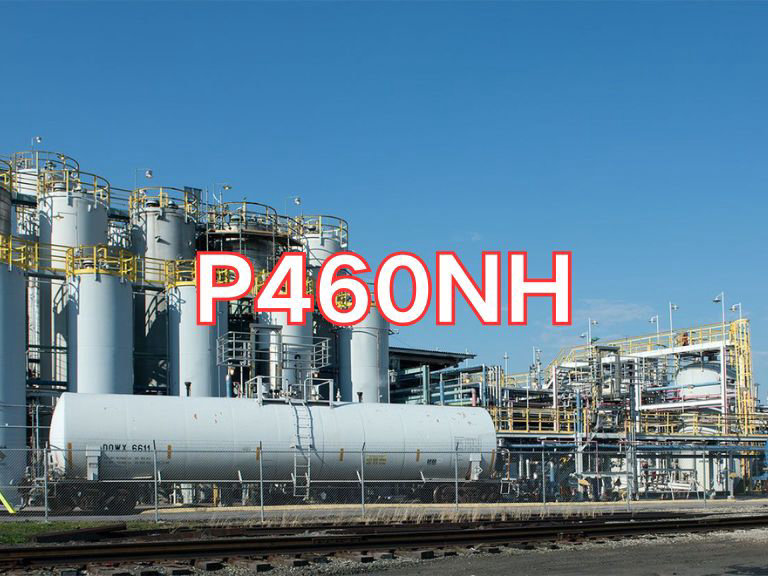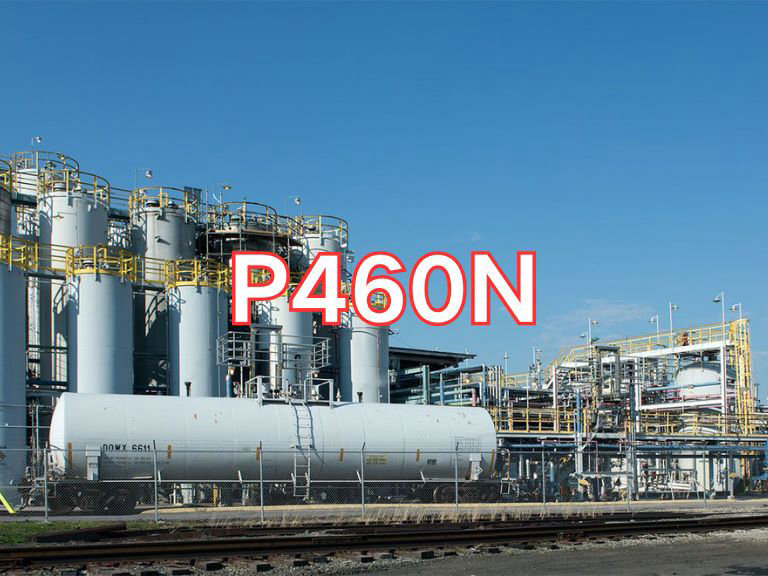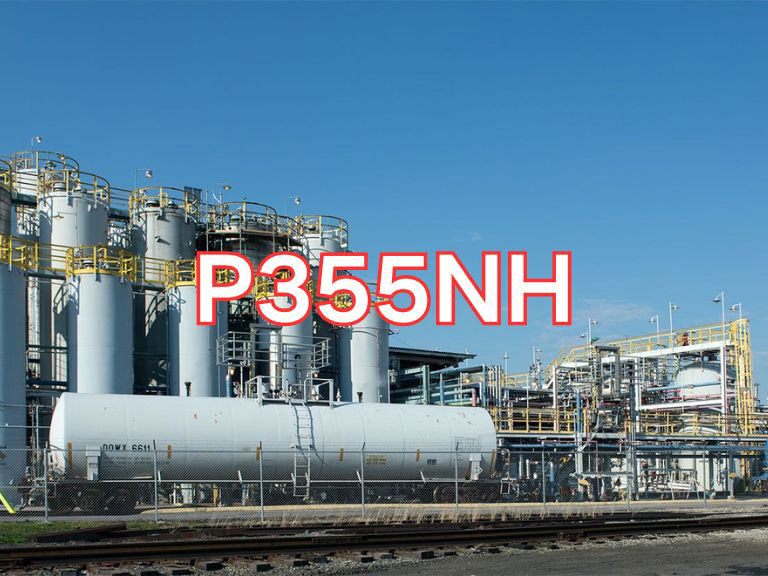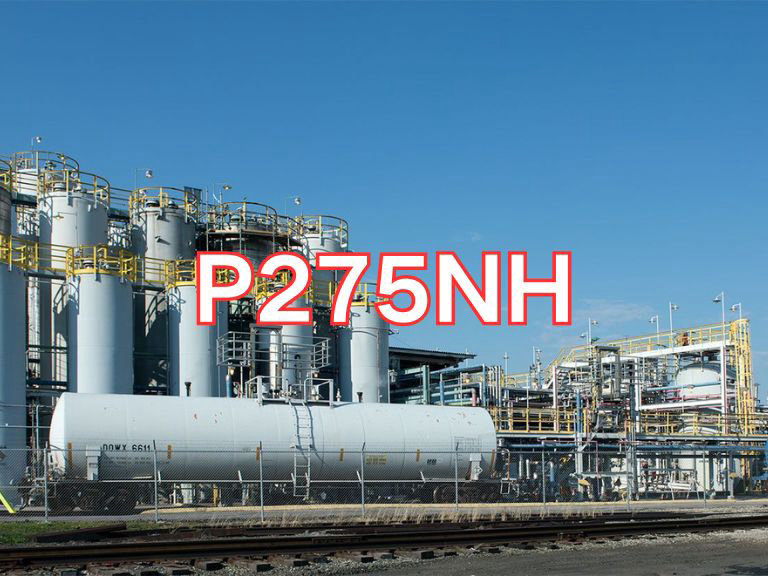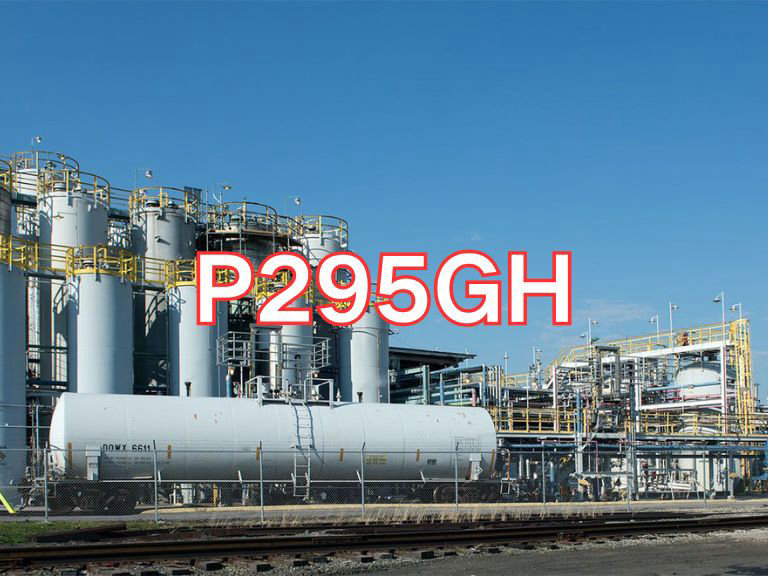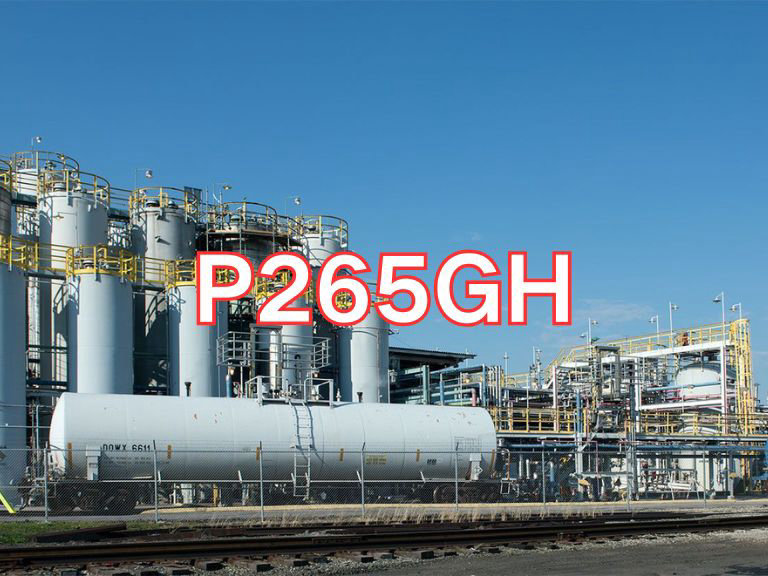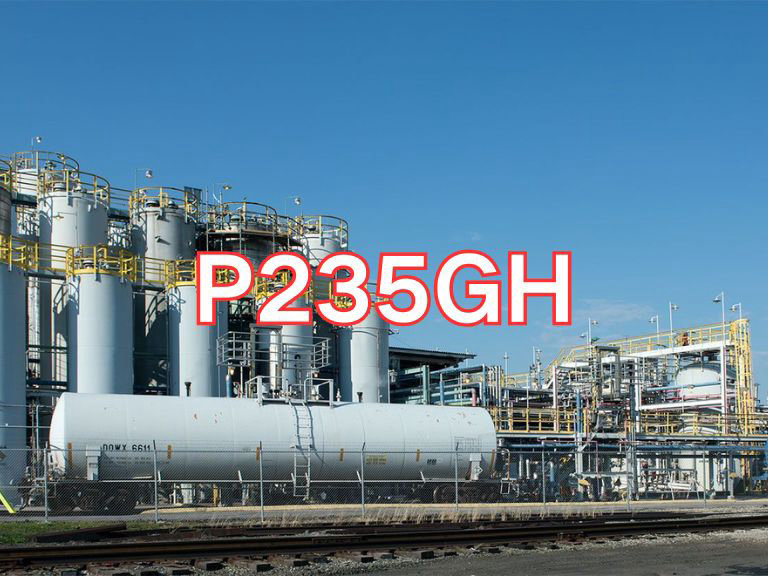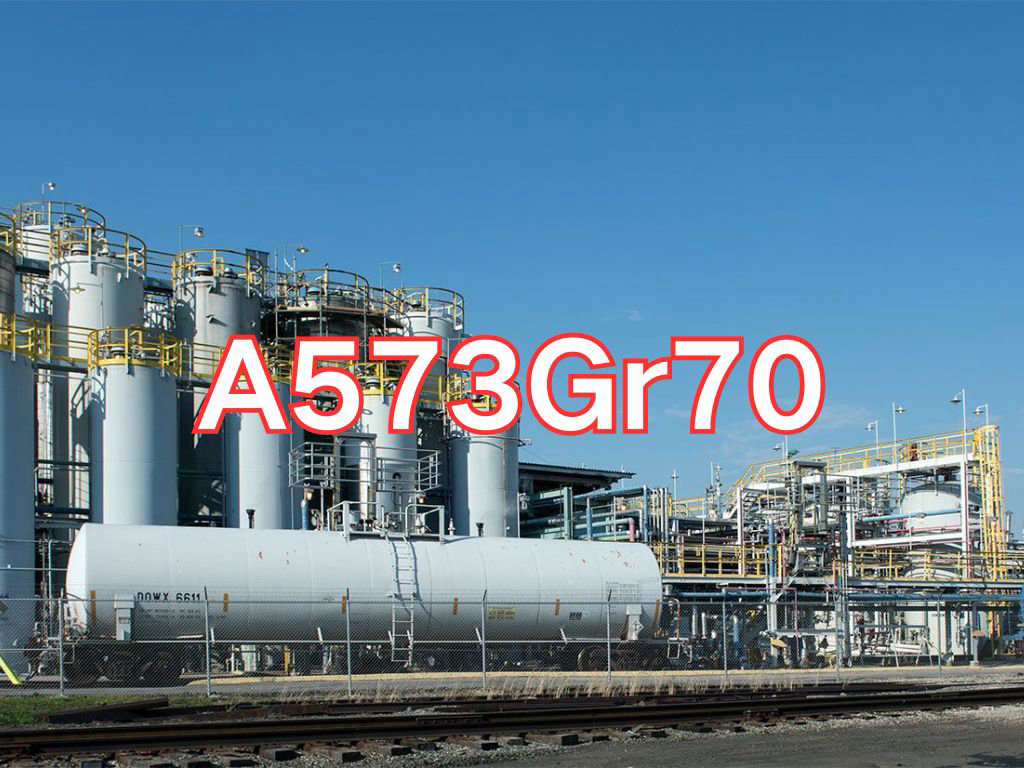

A573Gr70
A573 Gr.70 is a medium-carbon, high-strength structural steel plate, with its designation following the naming convention of the American Society for Testing and Materials (ASTM). The "A" indicates it belongs to ASTM ferrous material standards, "573" is the specific standard number—ASTM A573/A573M, titled "Standard Specification for Structural Carbon Steel Plates of Improved Toughness"—and "Gr.70" stands for "Grade 70," meaning a minimum tensile strength of 70 ksi (approximately 485 MPa). Among the three grades defined in this standard (Gr.58, Gr.65, and Gr.70), Gr.70 is the highest in strength, specifically designed for structural applications requiring enhanced strength and improved toughness.
This steel plate is primarily used in welded load-bearing structures subjected to heavy loads, such as bridges, building frames, heavy machinery, construction equipment, offshore platform supports, pipeline supports, and industrial plant structural components. Due to its balanced mechanical properties and good weldability, A573 Gr.70 is also commonly employed in outdoor or cold-region projects where improved toughness at low temperatures is required, and it is widely used in North America.
Key features of A573 Gr.70 include high strength, with a minimum tensile strength of 485 MPa and a yield strength of at least 290 MPa; improved impact toughness compared to ordinary carbon steels, typically verified by Charpy V-notch impact testing at ambient or low temperatures (e.g., 21 °C or 0 °C), ensuring structural safety under dynamic or cold conditions; excellent weldability using conventional welding processes, generally without the need for preheating or with only minimal preheating; and good formability for both cold and hot working, facilitating fabrication into complex shapes. The steel achieves an optimal balance of strength, toughness, and weldability through controlled carbon equivalent and thermomechanical processing.
The current applicable standard is ASTM A573/A573M-23, "Standard Specification for Structural Carbon Steel Plates of Improved Toughness", published in 2023, replacing the previous ASTM A573/A573M-18. The standard specifies that plates are typically supplied in the normalized or thermomechanically rolled condition to refine grain structure and enhance toughness and uniformity. It also defines requirements for chemical composition, mechanical properties, dimensional tolerances, and non-destructive testing. ASTM A573/A573M-23 ensures material reliability in critical structural applications and serves as a widely recognized technical basis in North American and international engineering projects.

Ultrasonic Testing (UT)
A key non-destructive testing technique that uses high-frequency sound waves to detect internal flaws in steel plates. The probe emits sound waves, which reflect when encountering defects such as cracks or inclusions. The receiver captures the echoes, enabling precise determination of defect location and size. With high sensitivity, strong penetration, and fast inspection speed, UT effectively ensures internal quality, widely used in the production of heavy plates, pressure vessel plates, and other high-end products to guarantee safety and reliability.

Magnetic Particle Testing (MT)
A common surface inspection method that magnetizes the workpiece, causing leakage magnetic fields at surface or near-surface defects like cracks or inclusions, which attract magnetic particles to form visible indications. Simple to operate and highly sensitive, MT is suitable for rapid inspection of surface and near-surface flaws in ferromagnetic materials, widely used for online or offline inspection of plate edges, ends, and welds, ensuring product quality and safety.

Penetrant Testing (PT)
A non-destructive method for detecting surface-breaking flaws. A penetrant liquid is applied to the cleaned steel surface, allowing it to seep into defects such as cracks or pores. After removing excess penetrant, a developer is applied, causing the trapped penetrant to bleed out and form visible indications. Simple and cost-effective, PT is suitable for inspecting surface defects in various non-porous materials, commonly used for welds, castings, and complex components, effectively ensuring surface quality of steel plates.


